Clinical Research Case Studies
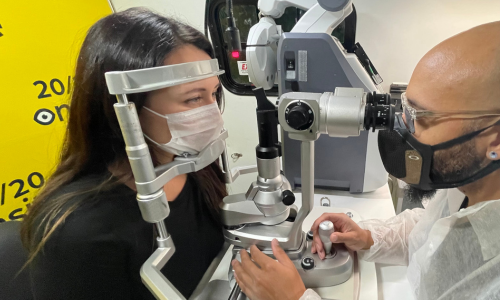
Enhancing Phase 1 Clinical Trials with Point-of-Need Safety Assessments
Syneos Health, a leading fully integrated biopharmaceutical solutions organization built to accelerate customer success, encountered an obstacle during a Phase 1 study. The study protocol required monitoring for potential ocular side effects, but the clinic lacked the specialized equipment and personnel to conduct comprehensive eye exams.
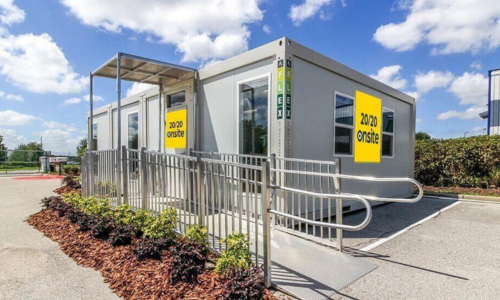
Streamlining Phase 1 Trials with the Mobile Vision Pod
A CRO specializing in early-phase drug development encountered challenges during a Phase 1 study for a corneal disease treatment. The study required eye assessments at specific time points, but low patient volume and scheduling constraints made it difficult to engage local ophthalmologists. Additionally, the clinic lacked space for onsite eye assessments.
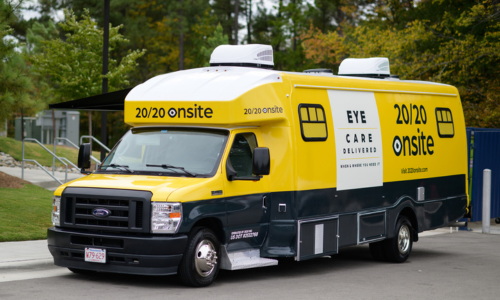
Optimizing Non-Ophthalmic Phase 3 Trials with Point-of-Need Eye Assessments
During the chronic cough study mandated by the FDA, a large pharmaceutical company had to incorporate an ocular substudy to monitor eye health. The primary issue was that the selected study sites specializing in respiratory treatments lacked the resources for ocular assessments. This led to challenges, including site pushback and difficulty coordinating with local ophthalmologists.
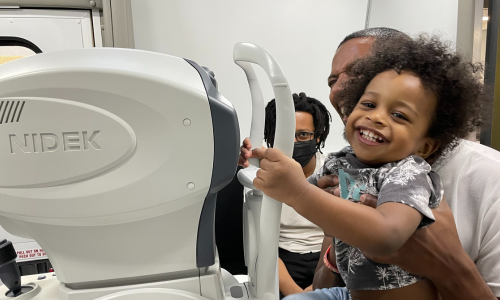
Expanding Access to Post-Market Safety Exams with Point-of-Need Care
A biopharmaceutical company specializing in treatments for serious diseases faced a challenge in ensuring access to essential eye exams for pediatric patients taking its cystic fibrosis (CF) medication. Long wait times for appointments, limited Medicaid acceptance, and the vulnerability of immunocompromised patients posed significant barriers to care.
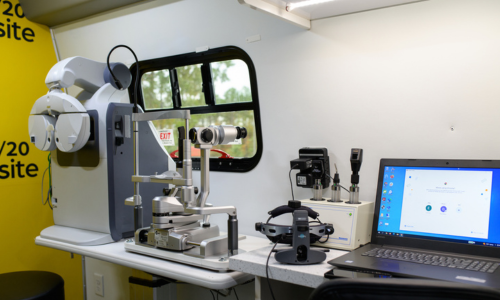
Advancing Rare Disease Clinical Trials with Point-of-Need Eye Assessments
Applied Genetic Technologies Corporation (AGTC), a clinical-stage biotechnology company, faced significant challenges during the COVID-19 pandemic and subsequent SKYLINE trial enrollment for X-linked Retinitis Pigmentosa (XLRP) and Achromatopsia (ACHM) gene therapy treatments. Travel restrictions and site limitations hindered patient participation and threatened trial progress.

Streamlining a Clinical Study for Syneos Health
When Syneos Health faced an unexpected obstacle in a Phase 1 clinical trial, they knew they needed a fast, reliable solution backed by experience. Patients were already being transported for 45 minutes from the Phase 1 site to the ophthalmology clinic, and then an essential piece of equipment at that vendor ophthalmology site broke, stalling the entire trial. Syneos Health and the sponsor needed a solution to help move the study forward and increase patient satisfaction by reducing travel time and scheduling frustrations. Syneos Health turned to 20/20 Onsite for help.

Expanding Diabetes-Related Eye Health Equity with the American Diabetes Association® and Genentech
Diabetes is a leading cause of vision loss, yet many individuals at risk lack access to essential eye care services. 95% of diabetes-related eye diseases are preventable with early detection, timely treatment, and follow-up care. However, logistical barriers such as geographic location, lack of awareness, and limited access to specialized care disproportionately impact underserved communities.
Accelerating clinical trials with expert eye care, delivered directly to the point of need.
Find out what partnering with us can do for you.
Schedule a ConsultationCopyright © 2025. | Privacy Policy